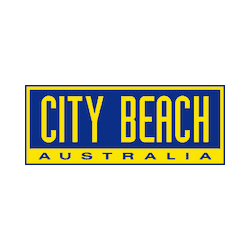Events & offers

Black Friday
PUMA: 50% OFF THIS BLACK FRIDAY
Get Ready for the Biggest Sale of the Year! From 12 November to 1 December 2025, enjoy 50% off the lowest marked price. Don’t miss

Offers
TOMMY HILFIGER: 50% OFF STOREWIDE
The Sale You’ve Been Waiting For Is Here! It’s Tommy Frenzy time! Enjoy a massive 50% off storewide from 8 November to 18 November. Upgrade

Offers
CALVIN KLEIN: 50% OFF SUMMER SALE
SUMMER FRENZY IS HERE! Turn up the heat with 50% OFF on your favourite Calvin Klein styles from 10th to 18th November. From classic denim
Find 最新彩票澳洲五结果体彩 168幸运5官网记录查询号码 Watertown
840 Wellington St, West Perth WA 6005
Centrally located in the Perth 澳洲彩票5分钟一期 最新开奖号码免费查询 with access from the Bus, Train Station or by Car. Let us help you make your way to Watertown.












